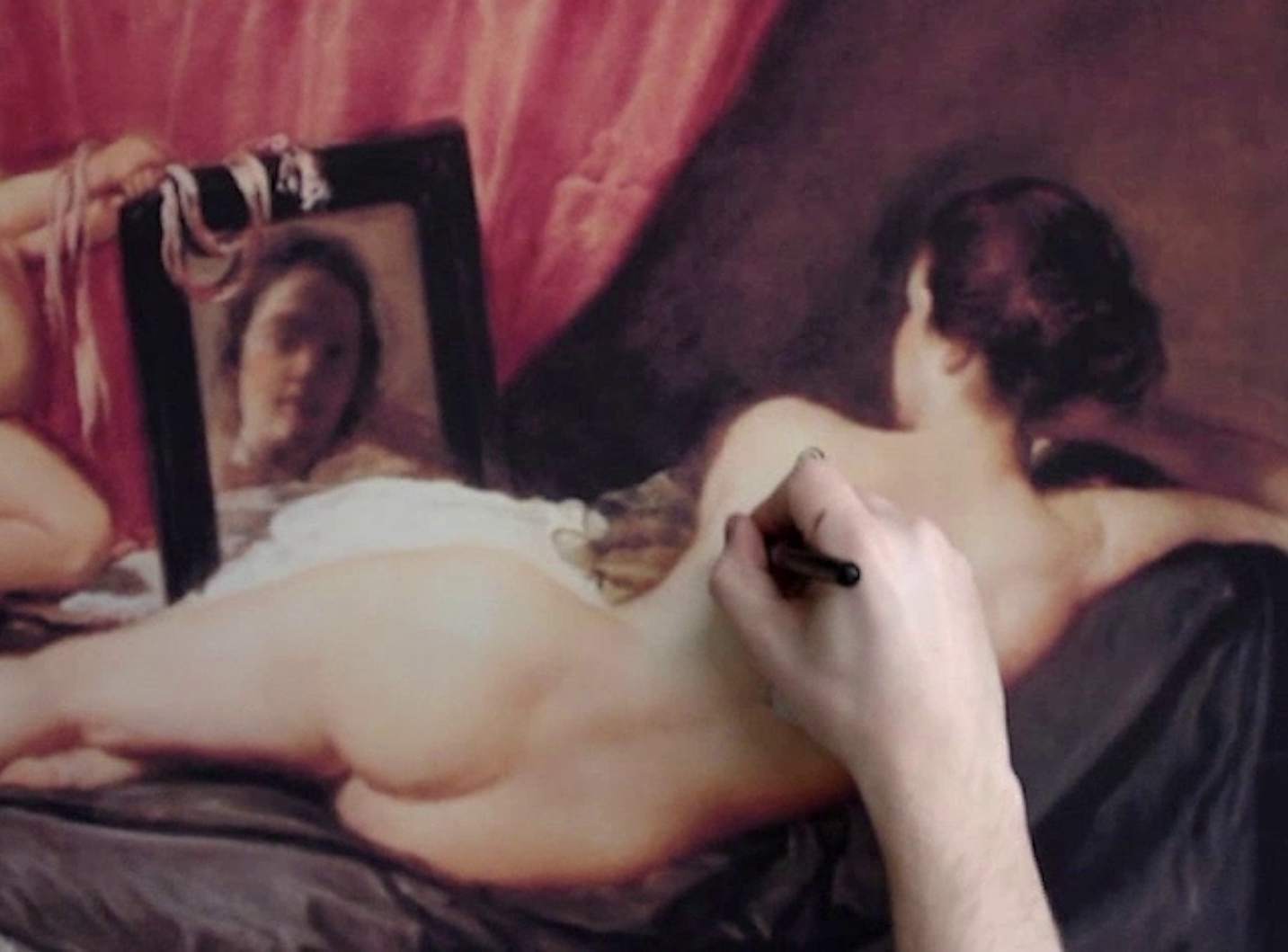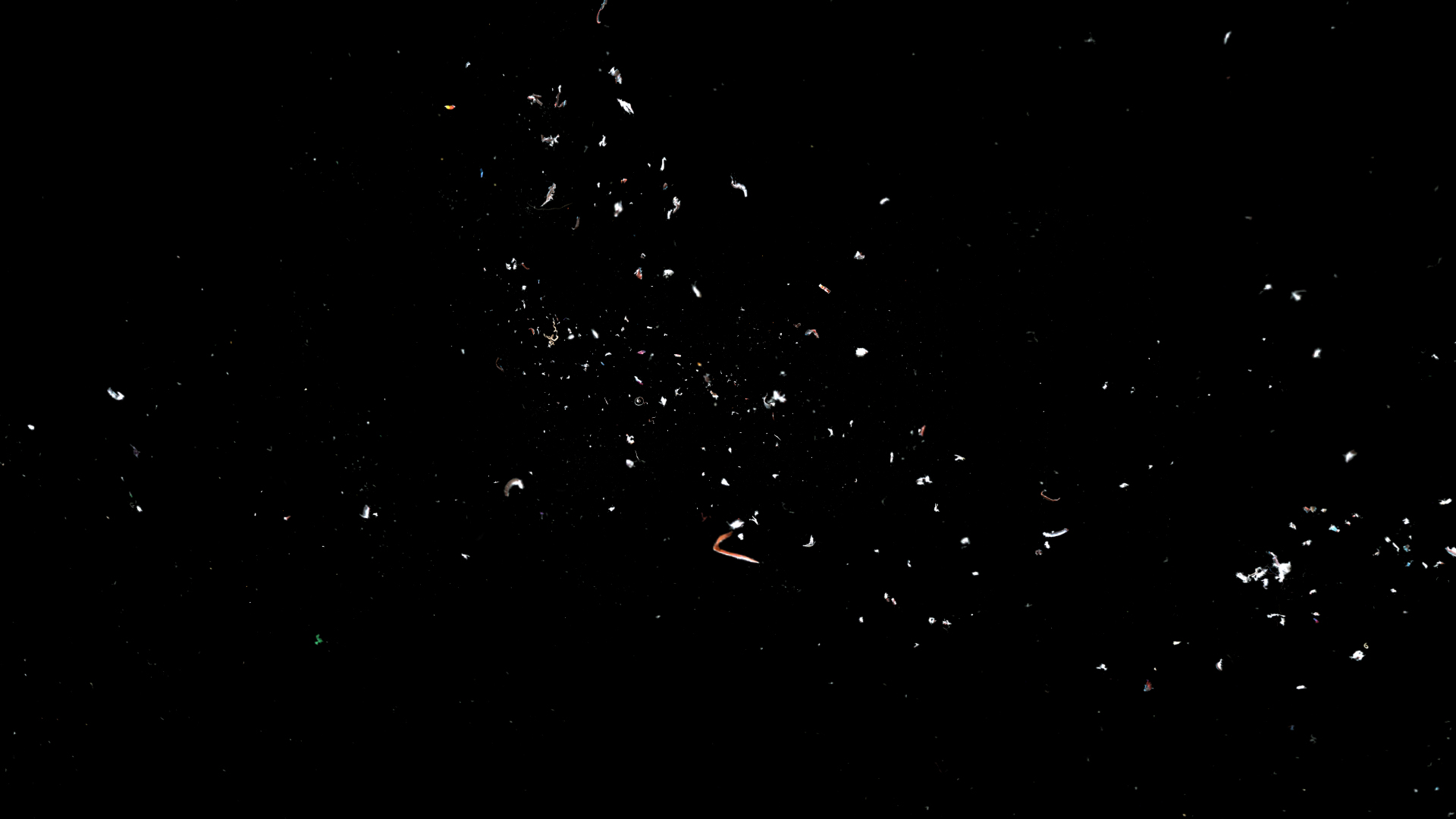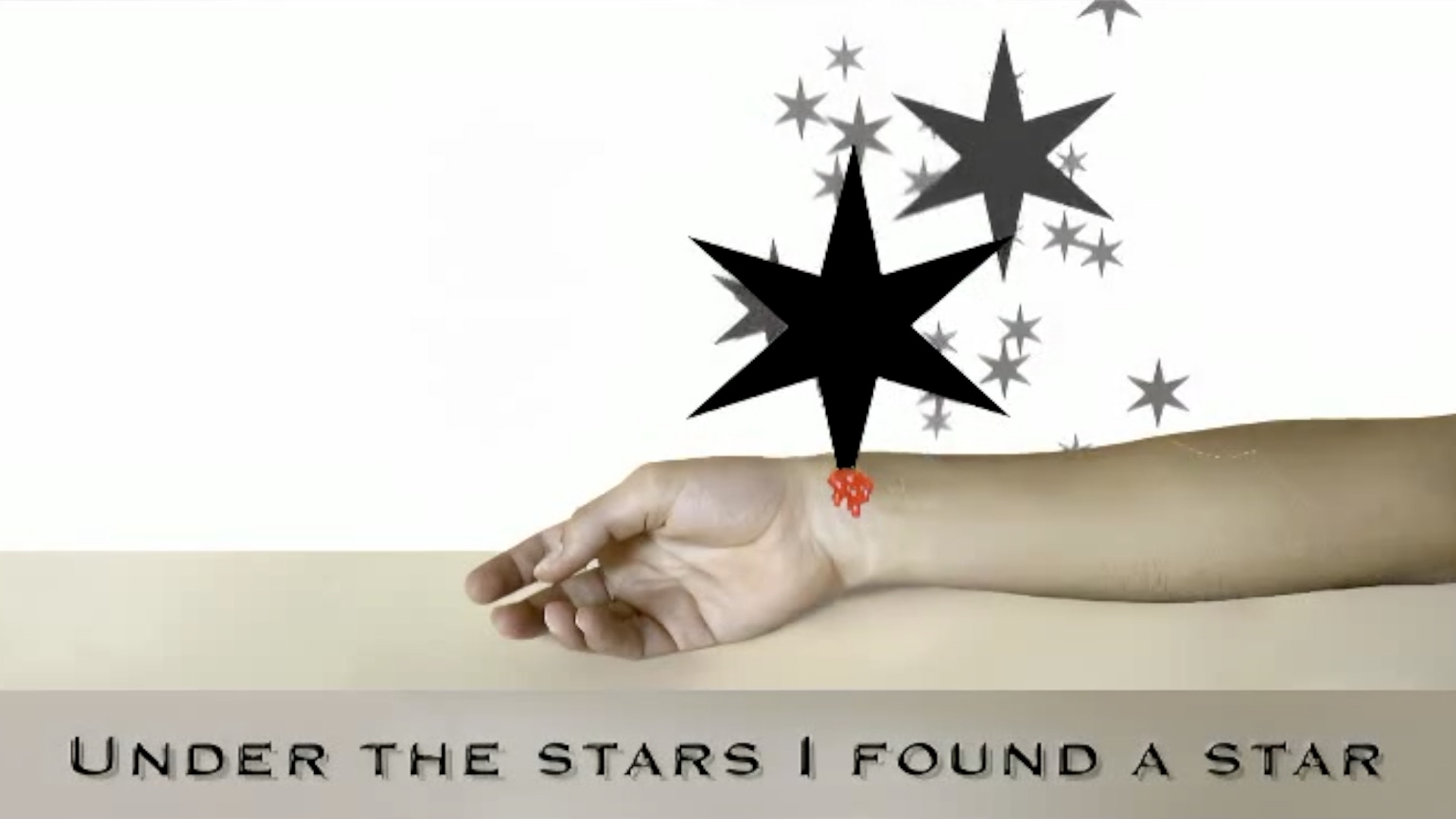
Video killed the painting stars #10 (m. ray), 2021 © José Maçãs de Carvalho
Villa Victoria Hotel 2023
2022
33 Bd Victor Hugo, 06000 Nice
-
01 DEC
2022 -
au
-
03 DEC
2022
The Villa Victoria hotel, nestled in the Carré d’or district of Nice, is opening its doors to welcome the OVNi Curator invité program.
The hotel’s two curators are Ana Rito and Hugo Barata. The three artists whose works will be shown are Carla Cabanas, José Maçãs de Carvalho and António Olaio.
This program is financed by the Calouste Gulbenkian Foundation – Delegation in France.
The program Video killed the painting stars (hotel version) presents works by three portuguese artists who have distinguished themselves in the medium of video, crossing it with other languages such as painting and photography. Continuing the research project CONSTELLATIONS: a choreography of minimal gestures that the curatorial duo Ana Rito & Hugo Barata have been developing, this moment acts like a starry night, where a moving constellation is drawn, a kind of single breath, relating concepts, images and bodies. In an Infinite Blow – Her Family Album, 2021, Carla Cabanas intuits this breath, leading the viewer to the Cosmos, towards the stars: luminous marks in the sky, from which humanity questions the universe, life and existence, both collectively and individually. Constantly working on the theme of memory from her photography albums, the artist replaces the celestial bodies with minimal fragments, minimal images in transit through the blackness of space. In Under the stars, 2006, António Olaio, crossing painting and music, creates a kind of video-clip that narrates a rain of stars that, at the same time as they ask us questions, they also tear us apart, as if demanding our body. “Under the stars I found a star that asked me where to go, under the stars I found a star lost in space”. Lost in space (oblivion?). The same outstretched arm that we see there “enters the field” in Video killed the painting stars (m ray), 2021, by José Maçãs de Carvalho. As both pieces share the same reference to the pictorial, in this case a conceptual inflection occurs. In Video killed the painting stars (m ray) the stars are no longer just celestial bodies. They are earthy, libidinous and made of flesh and blood. A hand appears in the frame of the image: La Vénus del Espejo, by Diego Velázquez, drawing something that is not immediately recognizable, a kind of inscription. Le Violon d’Ingres. In 1924, Man Ray, using Ingres’ pictorial work as a reference, photographs Kiki de Montparnasse in a pose close to his nudes. In this photograph he draws the f holes on the top of the violins. José Maçãs de Carvalho repeats the gesture. Video killed the painting stars (m ray) is a succession of duplications, folds, all condensed into one element: the reflection in the mirror of Venus. Venus, daughter of heaven and earth, goddess and planet at the same time.
ANA RITO (Lisbon, 1978)
&
HUGO BARATA (Lisbon, 1978)
Visual Artists, Independent Curators, Researchers and Professors.
Founders and Directors of the CURATORIAL STUDIO for research in museums.
Through the project CONSTELLATIONS: a choreography of minimal gestures, they have been exploring the concept of constellation to develop creative strategies in the fields of practice-based artistic research, the curatorial as research driven collaborative practice and informal methodologies for an inclusive education.
Since 2000, in the development of their artistic and curatorial projects, they have collaborated with the following institutions and agents, among others: MACBA, Warburg Institute, Archives Yves Klein, Haus Lange-Haus Esters – Kunstmuseen Krefeld, Chiado Museum, Serralves Museum, Calouste Gulbenkian Foundation, Berardo Museum, Casa das Histórias Paula Rego, Centre Georges Pompidou, Triennial of Architecture, Walter Benjamin Archives, Temps d’Images Festival, Electronic Arts Intermix, FUSO International Video Festival, CAPC- Coimbra Plastic Arts Circle, MUCEM, Marseille, MAAT – Museum of Art, Architecture and Technology.
Ana Rito is Co-Coordinator of the Master’s Course in Curatorial Studies and Professor in the Doctoral Course in Artistic Studies at the Faculty of Humanities and in the Doctoral Course in Contemporary Art at the College of Arts – University of Coimbra and at Venice Curatorial Course, Venice. She is currently an Integrated Researcher at CEIS20_University of Coimbra, co-coordinating the research line Art, Performance and Curatorial Practices. Hugo Barata is Adjunct Professor at Lusófona University, in the Design and Applied Comunication courses, teaching Art History, Contemporary Art and Media Theory. He also teaches in the Masters of Communication Design, the Masters in Visual Arts Teaching Courses and the Masters in Game Design and Playful Media. He is an integrated member of COW – Center for Other Worlds Research Center, and a collaborator researcher in CICANT Centre for Research in Applied Communication, Culture, and New Technologies.
Free access


